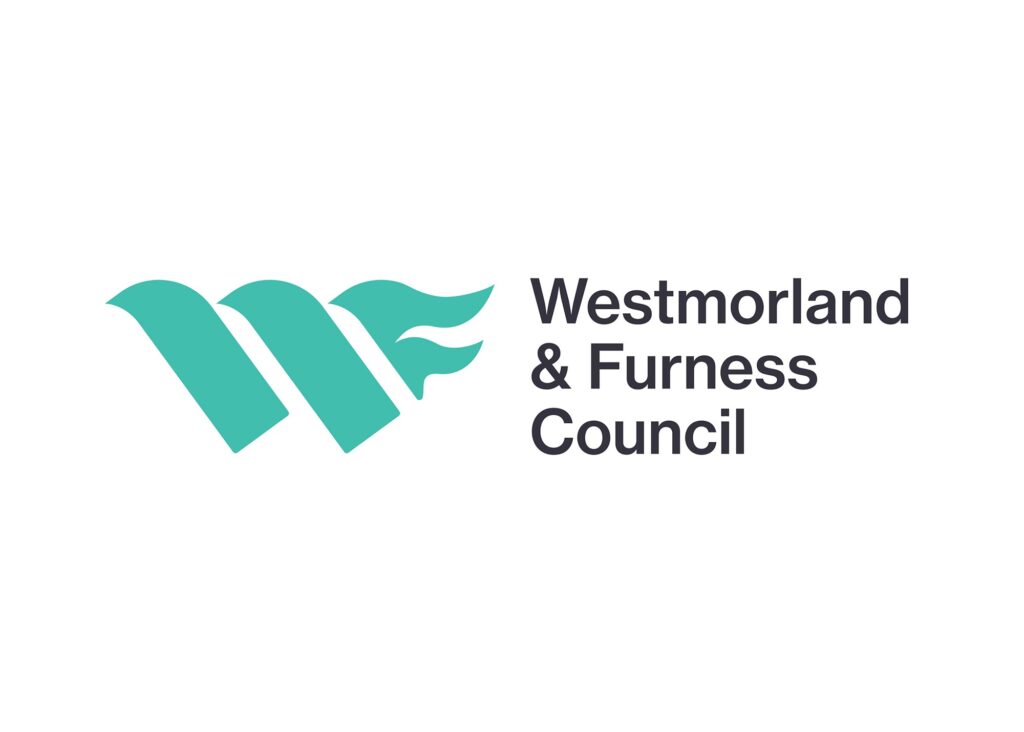Cumbria’s Director of Public Health asks parents to remain vigilant but not to panic as scarlet fever cases rise
Written by John Williamson on 10/12/2022
As the spike in cases of scarlet fever continues, Cumbria’s Director of Public Health, Colin Cox, is asking worried parents to be vigilant but says there’s “no need to panic.”
High rates of scarlet fever continue to be seen both locally and nationally – higher than would be expected for this time of year – but understandably, many remain unsure about what scarlet fever is, and how it is linked to Group A Streptococcus (or Group A Strep as it is more commonly known).
Scarlet Fever is an infection caused by Group A Strep. Group A Strep is very common and is carried naturally by many of us in our throats and our skin – but doesn’t always result in illness. However, it can cause several mild infections such as tonsilitis, scarlet fever, and impetigo.
On rare occasions though, Group A Strep can cause more serious infections, but this is rare. The most serious infections linked to Group A Strep come from invasive Group A Strep. These infections are caused by bacteria getting into parts of the body where it isn’t normally found, such as the lungs or bloodstream.
Signs and symptoms of scarlet fever
The early symptoms of scarlet fever include sore throat, headache, fever, nausea, and vomiting. After 12 to 48 hours the characteristic red, pinhead rash develops, typically first appearing on the chest and stomach, then rapidly spreading to other parts of the body, and giving the skin a sandpaper-like texture.
The scarlet rash may be harder to spot on darker skin, although the ‘sandpaper’ feel should be present. Children typically have flushed cheeks and pallor around the mouth. This may be accompanied by a ‘strawberry tongue’. As the child improves, peeling of the skin can occur.
What should you do if you think your child has scarlet fever?
Cumbria’s Director of Public Health, Colin Cox, said: “Scarlet fever is usually a mild illness, but it is infectious, and we would urge the public not to panic but to be aware of the symptoms, in your child, which include a sore throat, headache, fever, a fine, pinkish, or red body rash with a sandpapery feel, and eventually a bumpy rash on the tongue.
“If you suspect your child has scarlet fever, please contact NHS 111 or your GP because early treatment with antibiotics is important to reduce the health impact and the risk of spreading the infection.
“Please also remember if your child has scarlet fever, keep them at home until at least 24 hours after the start of antibiotic treatment to avoid spreading the infection to others.”
Additional advice for parents
Children and adults with suspected scarlet fever should not attend early years settings / school / work until 24 hours after starting appropriate antibiotic treatment for scarlet fever.
Whilst scarlet fever is circulating it is especially important that any children and adults with chickenpox stay off school or their early years setting until all their blisters have dried over, which is at least 5 days after they first appeared.
There’s no need for the siblings or close contacts of cases to stay at home. Of course, if any close contacts develop symptoms such as a high temperature and vomiting (or generally feel too unwell to attend their school or childcare setting) then they should stay at home. If a parent is concerned that their child has symptoms of scarlet fever, they should contact their GP or NHS 111.
More information about scarlet fever can be found on the government, NHS and UKHSA websites.







